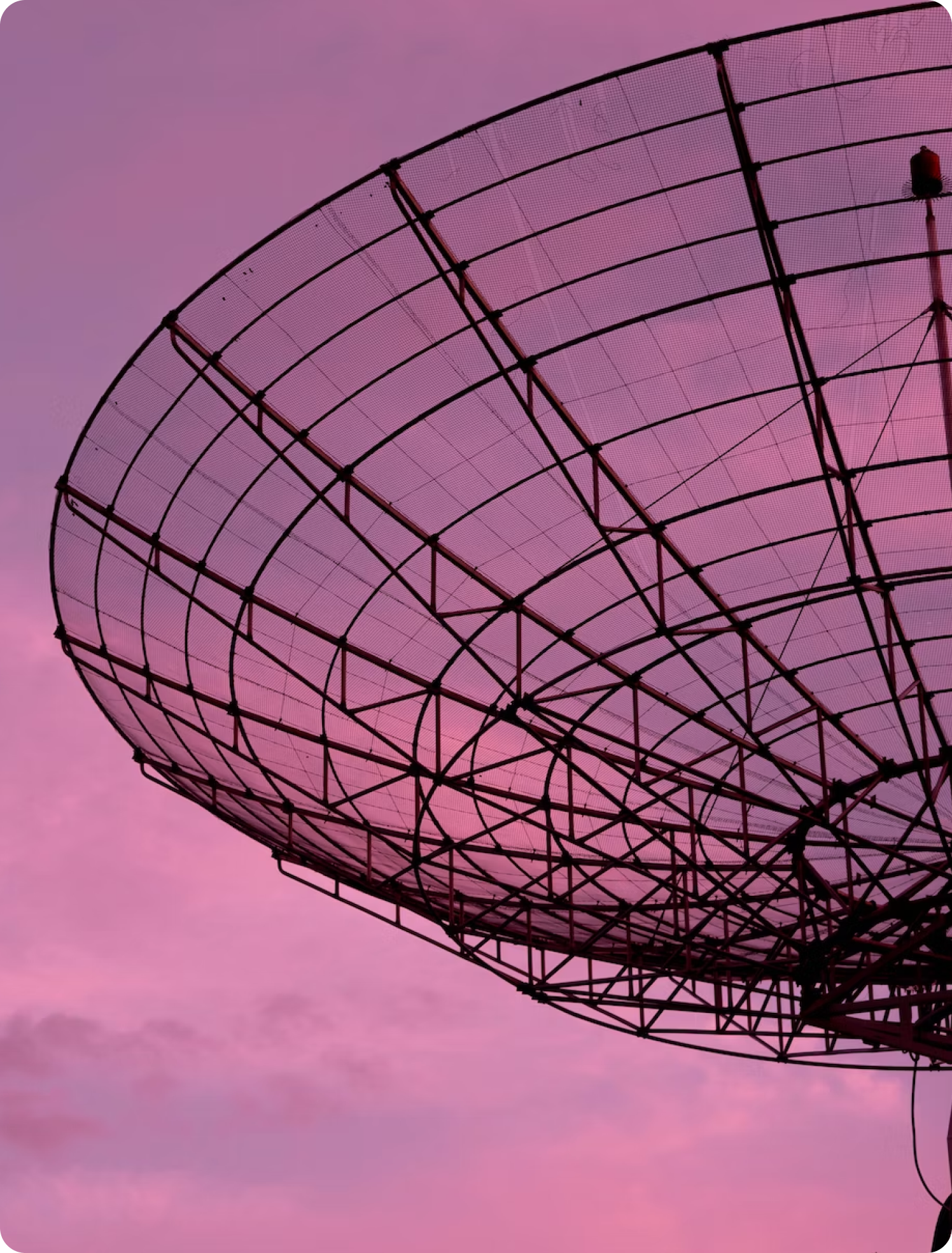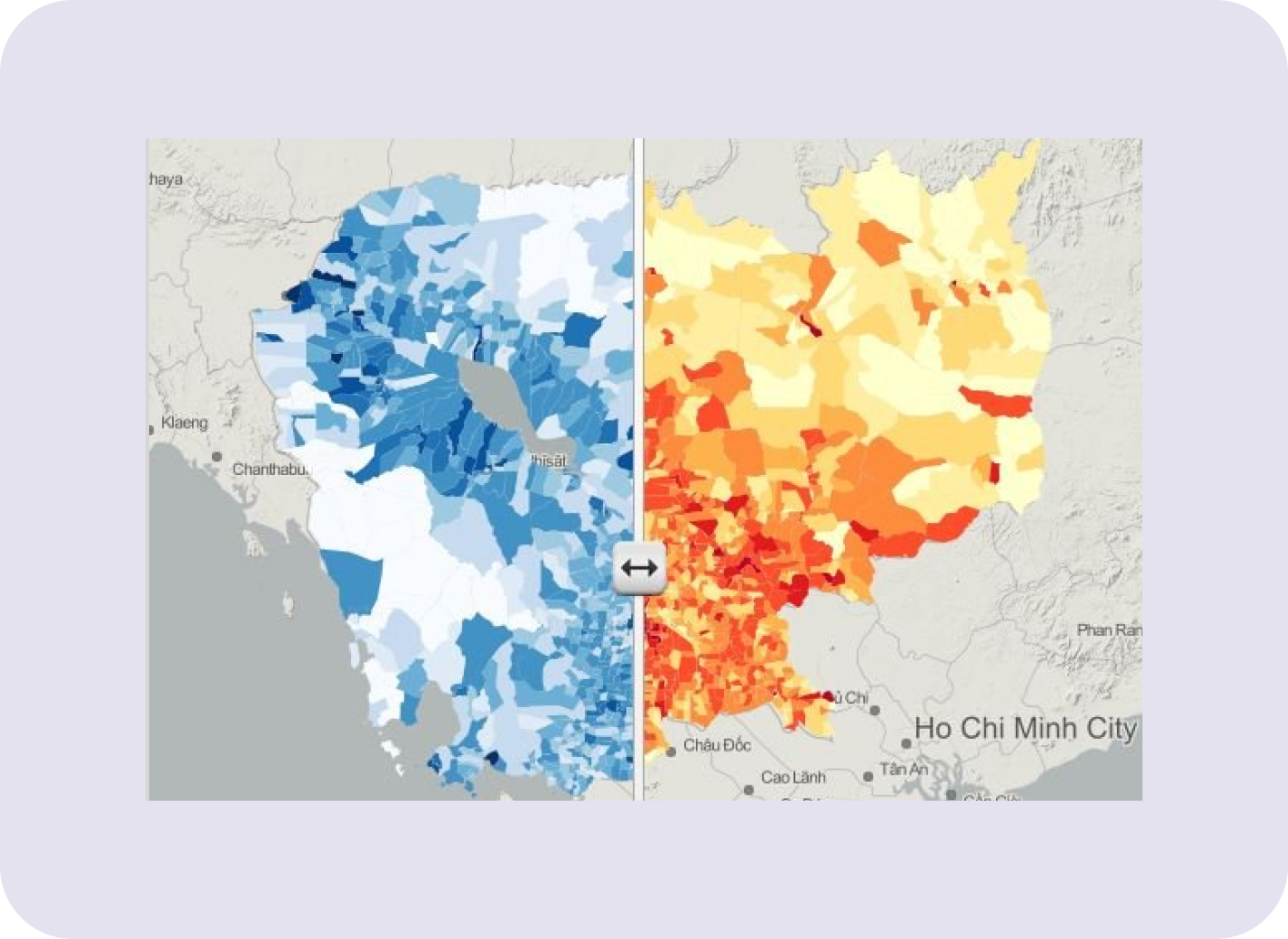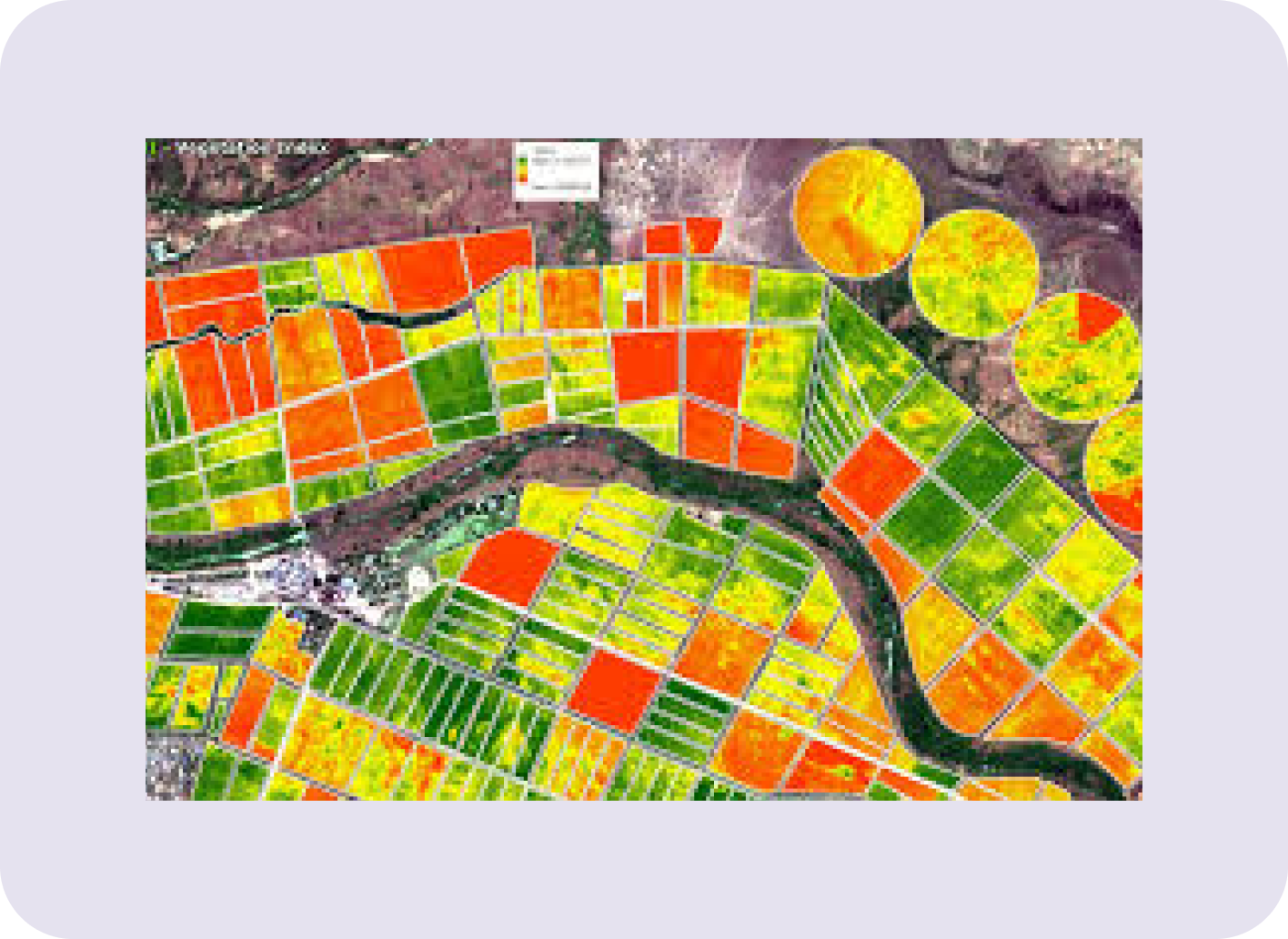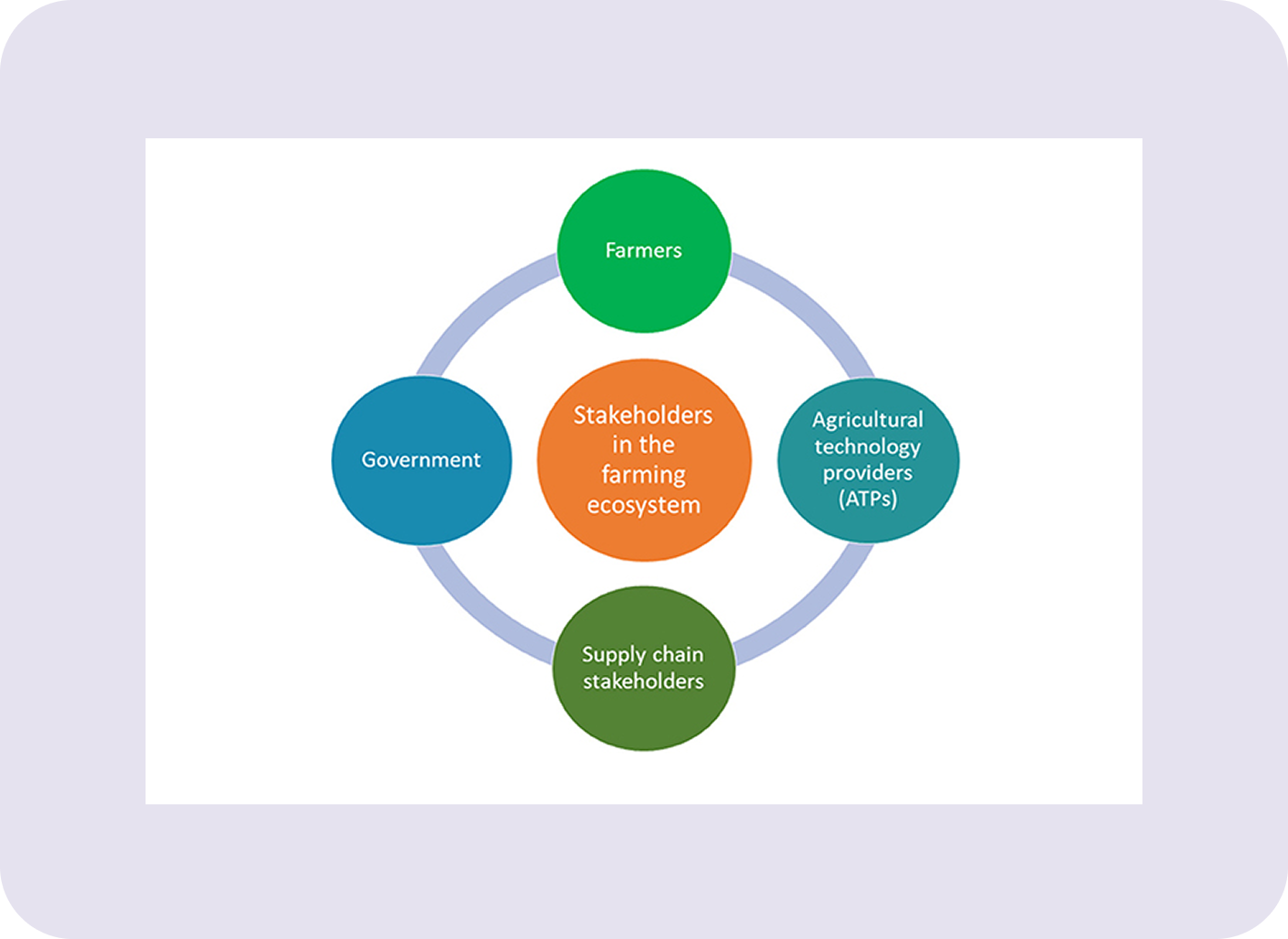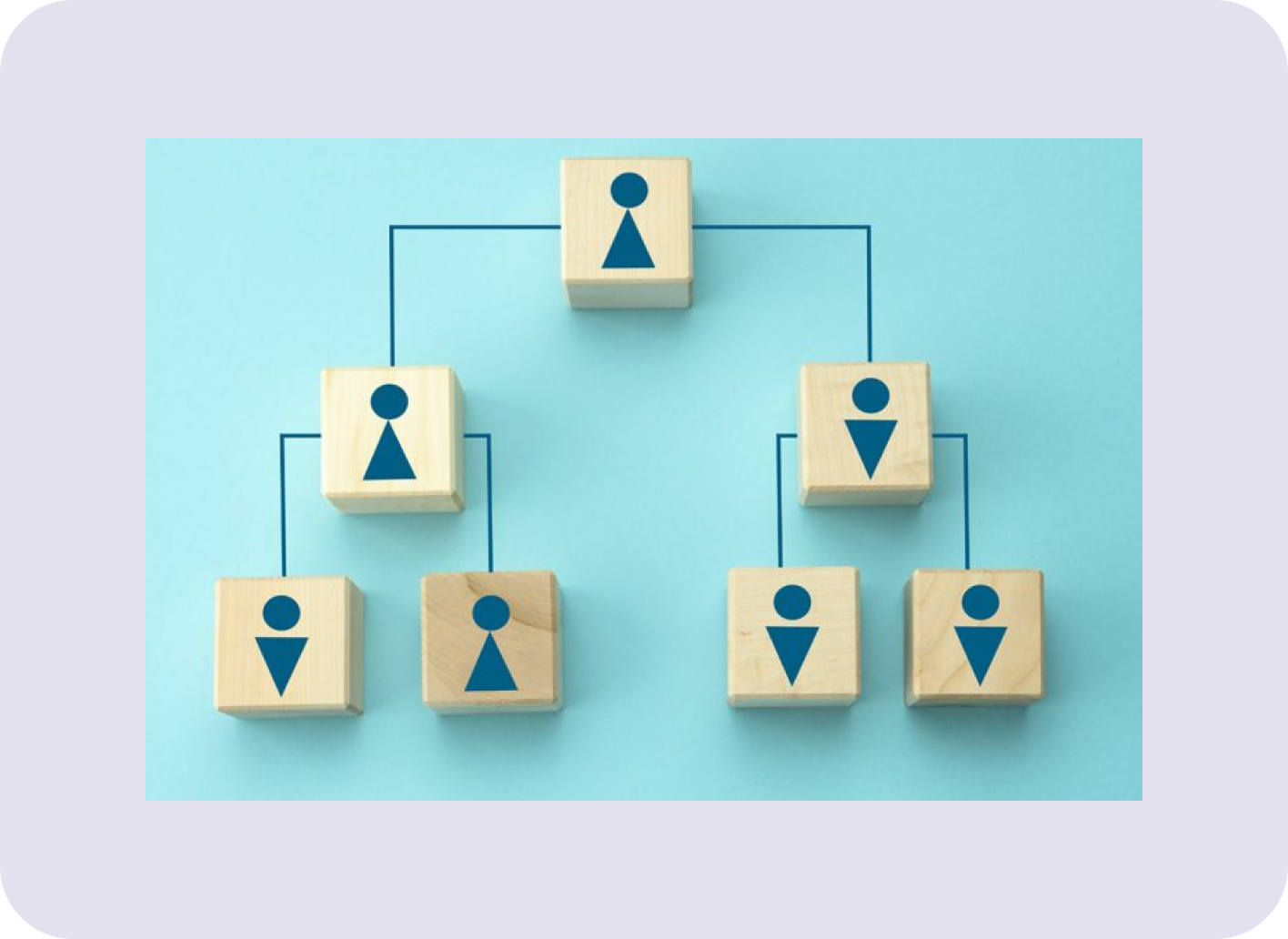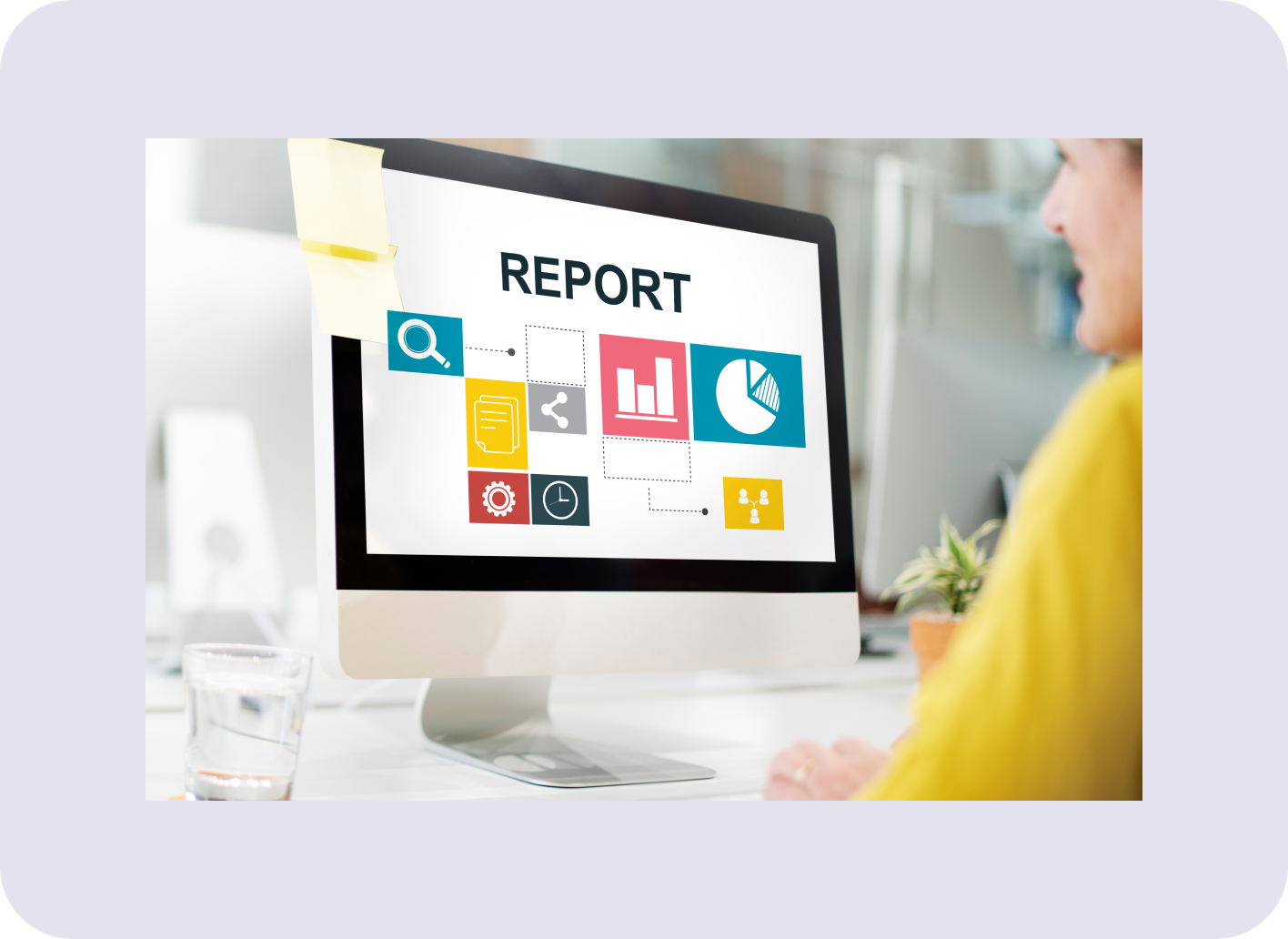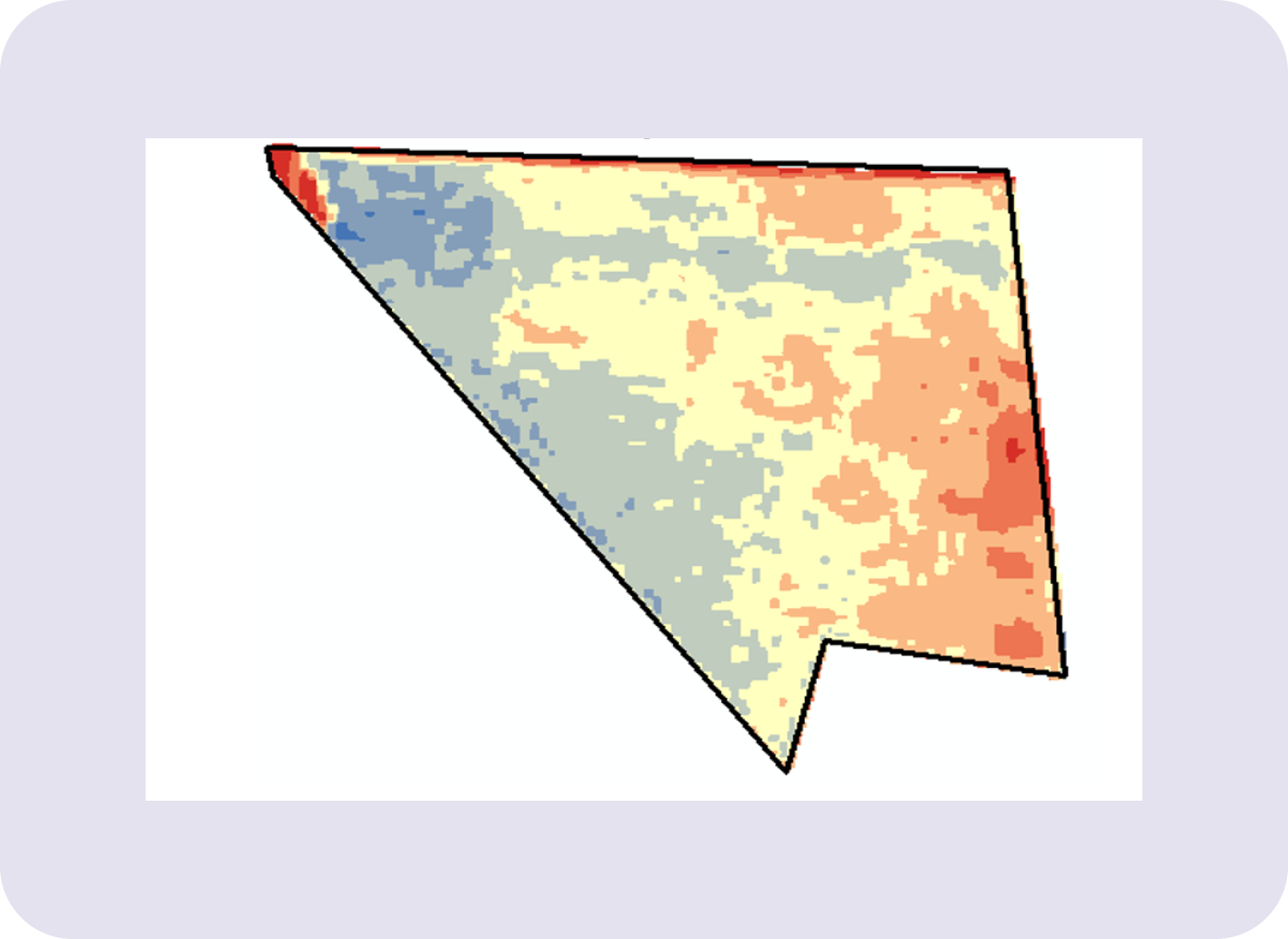Satellite Imagery
Welcome to CROP
Damage Assessment
The CROP damage assessment tool developed by Impetus AI Solution is an advanced technology designed to aid insurance companies in evaluating agricultural damage accurately and efficiently. By leveraging satellite imagery and artificial intelligence, the tool identifies and quantifies crop damage, streamlining the assessment process and providing actionable insights through a comprehensive reporting dashboard.
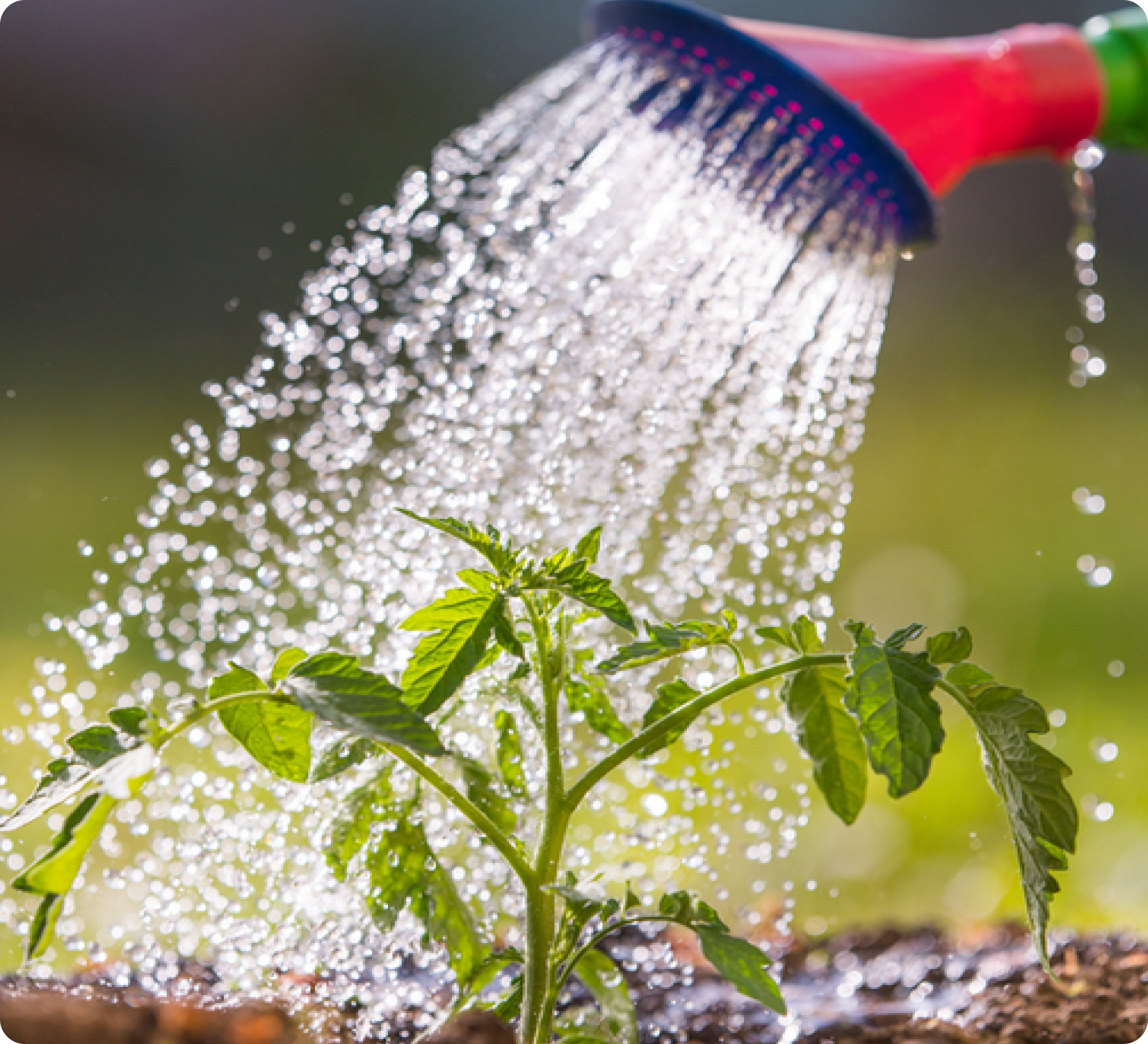
Why Choose CROP Damage Assessment?
iSportzAI Solutions is designed to meet the evolving needs of the sports industry. By integrating advanced technology with user-friendly features, we offer a platform that is both powerful and accessible. Whether you are a player seeking to improve your skills, a coach aiming to provide the best training, or a stadium manager looking to optimize operations, iSportzAI Solutions has the tools you need to succeed.

Our Benefits
Benefits
Innovation
-
▪
Incorporates cutting-edge AI and satellite technology to revolutionize crop damage assessment.
-
▪
Provides advanced features like custom index computation and AI-driven patch classification.
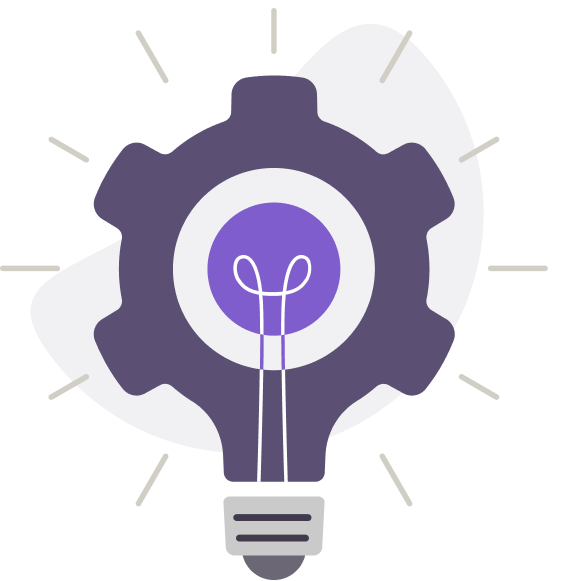
Efficiency
-
▪
Incorporates cutting-edge AI and satellite technology to revolutionize crop damage assessment.
-
▪
Provides advanced features like custom index computation and AI-driven patch classification.

Revenue
-
▪
Incorporates cutting-edge AI and satellite technology to revolutionize crop damage assessment.
-
▪
Provides advanced features like custom index computation and AI-driven patch classification.
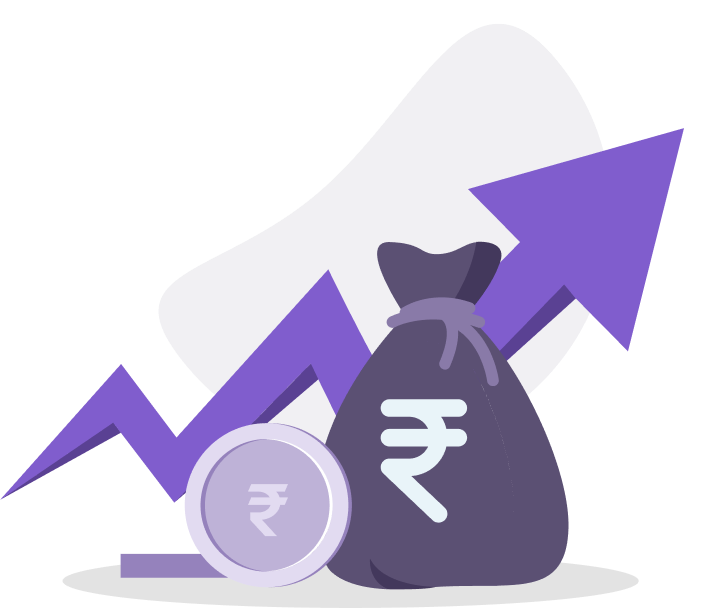
Data
-
▪
Incorporates cutting-edge AI and satellite technology to revolutionize crop damage assessment.
-
▪
Provides advanced features like custom index computation and AI-driven patch classification.

